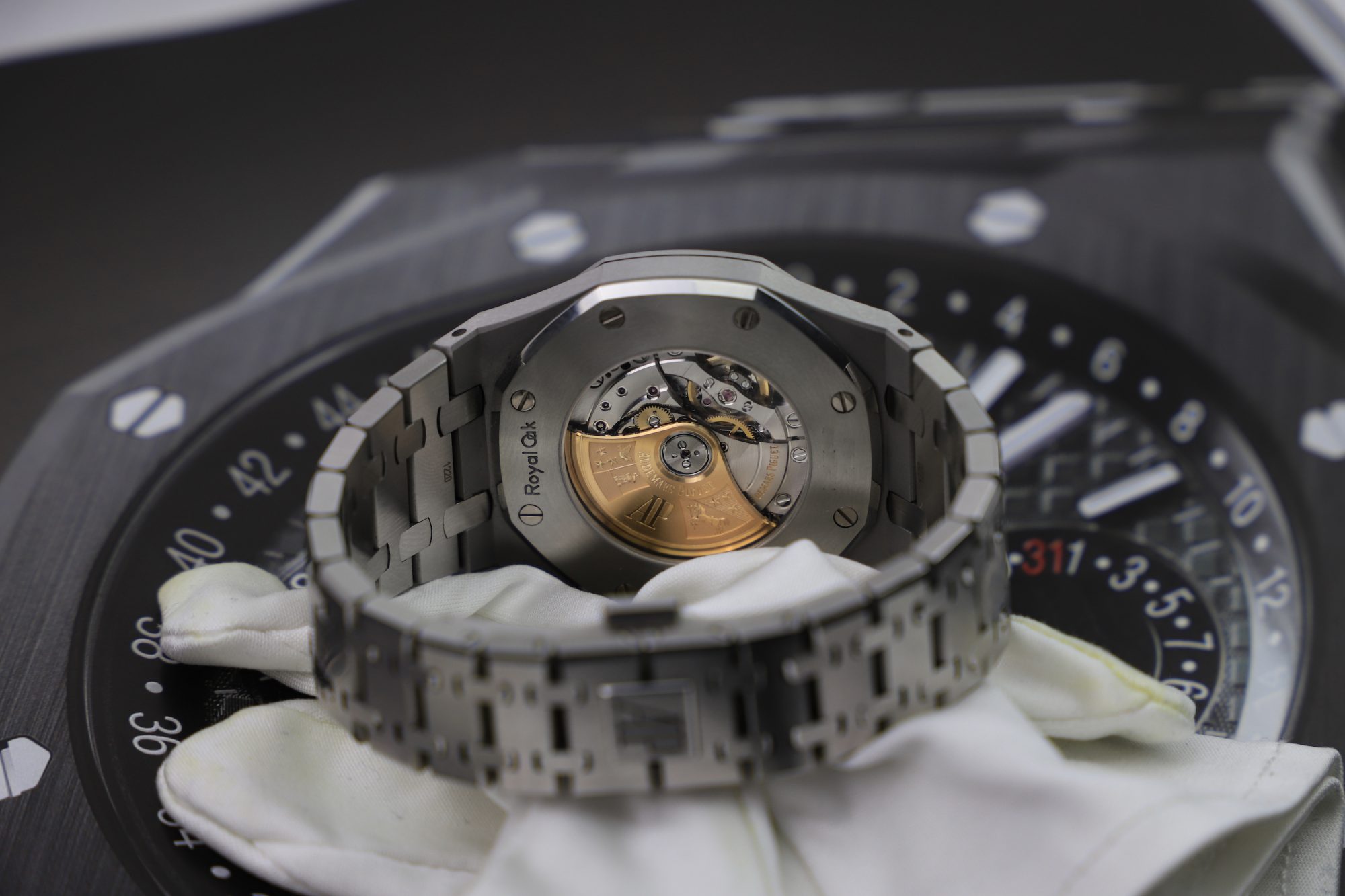
Do Automatic Watches have Batteries? Complete Guide
There are so many different kinds of watches to choose from on the market. First, you have to consider the type of “engine”, or energy source you want, in other words, the movement that powers the watch. Then, you need to consider things like the size, the metal type, the type of watch, and the different functions. You have chronographs, dive watches, basic watches, GMT functions, date functions, and much more…
One of the first things people start looking at when they look at watches is the type of movement. As you know, there are different movements out there. The most common are automatic and quartz.
Simply explained, quartz watches are watches that are powered by a battery. A battery powers the watch and gets it to tick. Then we also have automatic watches. Automatic watches are completely mechanical timepieces that have mechanical movements. This brings us to the question: do automatic watches have batteries?
The answer to that question is no. Automatic watches do not have batteries.
And the reason for that is that they don’t need them. Let’s go through the technicality of automatic watches in detail.

Automatic watches explained
Automatic movements feature a rotor that is attached to the movement. When the wearer moves his or her wrist, the rotor can rotate freely. When the rotor rotates, it winds up the mainspring which is the part where energy is stored. The more energy that is generated to the movement, the tighter the mainspring becomes. In this way, it stores energy. As the mainspring unwinds itself in a regulated and controlled manner, it releases energy to the movement and thus allows it to continue ticking even if the rotor doesn’t constantly rotate.
Automatic watches are the most popular type of watch amongst watch enthusiasts but quartz watches are the most common type of watch if we talk about production numbers. Both of these movements have pros and cons so what you choose ultimately depends on what you consider is most important.

Quartz watches are in general much more affordable than automatic watches. The reason for this is that automatic watches consist of only a handful of components and can be mass-produced via robots without any human interference without any human intervention. Automatic watches, on the other hand, can consist of hundreds of tiny parts, making them difficult and labor-intensive to assemble. This is naturally also reflected in the price tag. At the same time, watch enthusiasts appreciate the craftsmanship and the art of watchmaking and will therefore premier automatic watches above quartz, even if the latter is much cheaper.
Moreover, quartz watches are also much more accurate than automatic watches due to the technology behind them. With that said, if you are looking for an extremely affordable timepiece with good accuracy, quartz is the way to go.
On the contrary, if you enjoy the art of watchmaking and craftsmanship, you will likely lean towards an automatic watch instead.

Do automatic watches need batteries?
Automatic watches do not need batteries since they are powered by the kinetic energy that is generated from the movement of the wearer’s arm. The rotor rotates from movement and therefore works as the “engine” that gives power to the watch. Automatic watches are therefore also called “self-winding” watches for that reason.
Hand-wound vs automatic watches
There are essentially two types of mechanical watches – hand-wound and automatic. A mechanical watch is a watch that contains mechanical components and is not powered by a battery.
As already discussed, automatic watches have rotors. As long as you wear the watch, you don’t have to do anything to ensure that the watch has energy.
Hand-wound watches, on the other hand, are called “hand-wound” for a reason. At their core, they are very similar to automatic movements, with the key difference being that they don’t have rotors.
As a result, hand-wound, also called manual watches, need to be wound by hand to generate energy for the movement. Hand-wound movements get their energy by winding the crown. The downside of manual-wound watches is that you need to remember to wind them, something you don’t need to do with automatic watches – or quartz for that matter.




